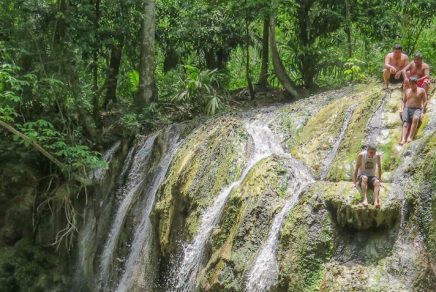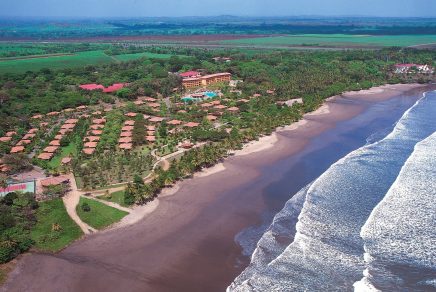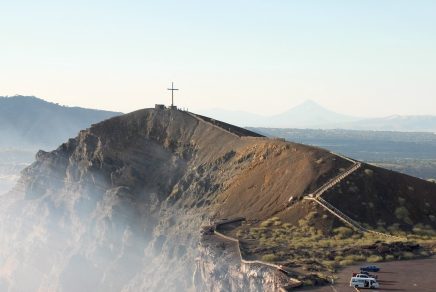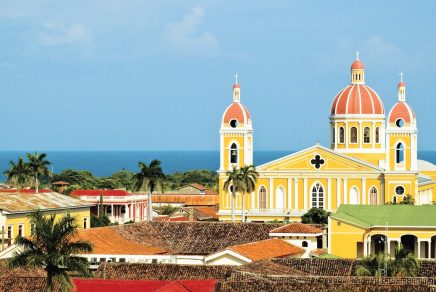To truly understand a country and its people, there’s no better way than to dive into the heart of its history. And if there’s one country that embodies this idea, it’s Nicaragua. To discover it, we decided to follow the tracks of its revolution, a journey that led us from the country’s tumultuous past to its vibrant soul today.
Managua: Where History Takes Root
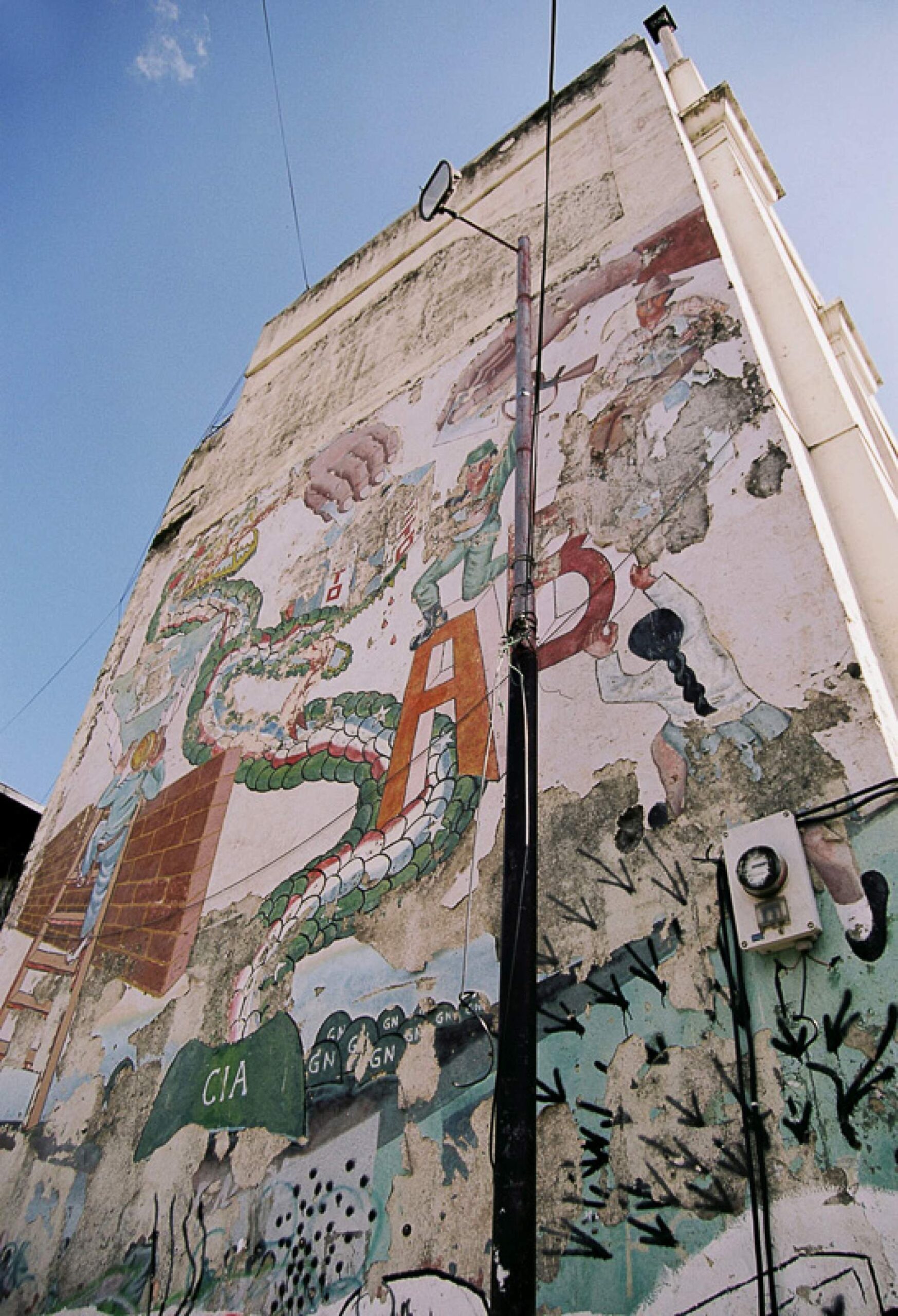
Our journey began the moment we left the airport, in the country’s capital, Managua. Here, history isn’t hidden; it’s on display for all to see. Wandering through Loma de Tiscapa Park, we couldn’t miss the imposing statue of Sandino. He was the guerrilla hero of the 1930s who inspired revolutionaries long after his death. A monument to the nation’s soldiers also caught our attention.
In Nicaragua, history is written on the walls. The murales, these immense political frescoes, are a tradition that’s still very much alive. In Managua, we admired them on the former home of Daniel Ortega and on the Santa Maria de Los Angeles church, works that illustrate key moments from the country’s agitated past.
León: The Beating Heart of the Revolution
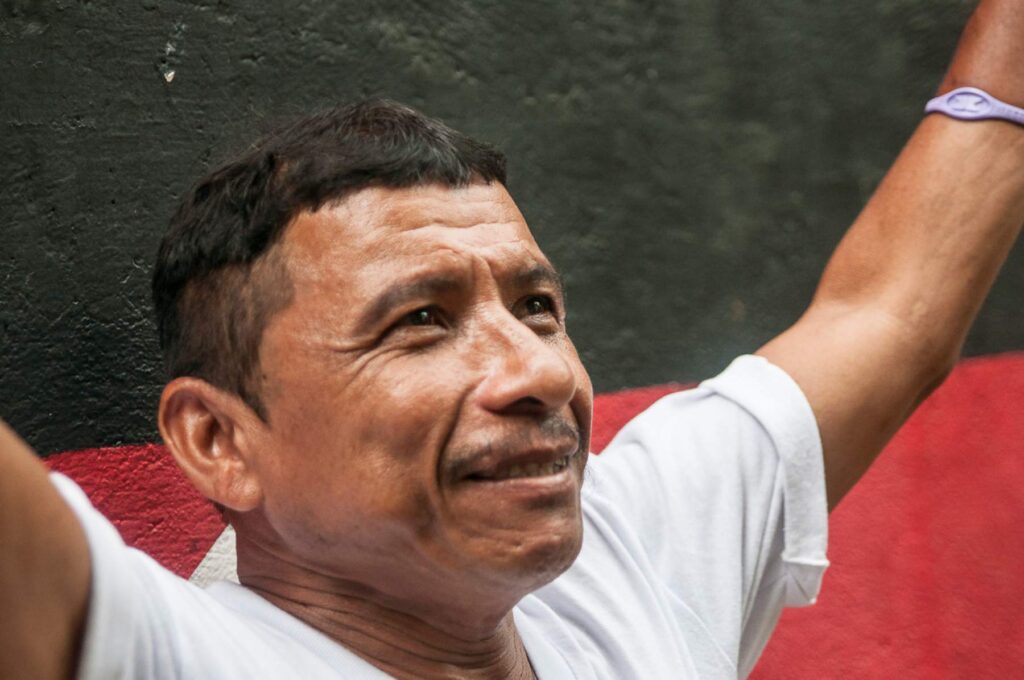
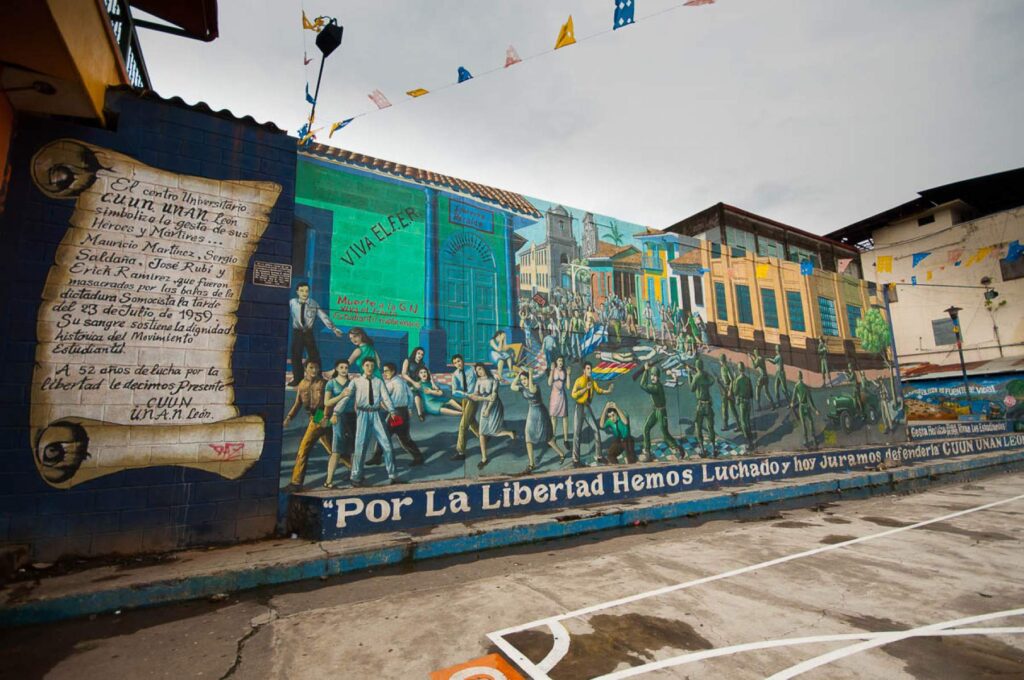
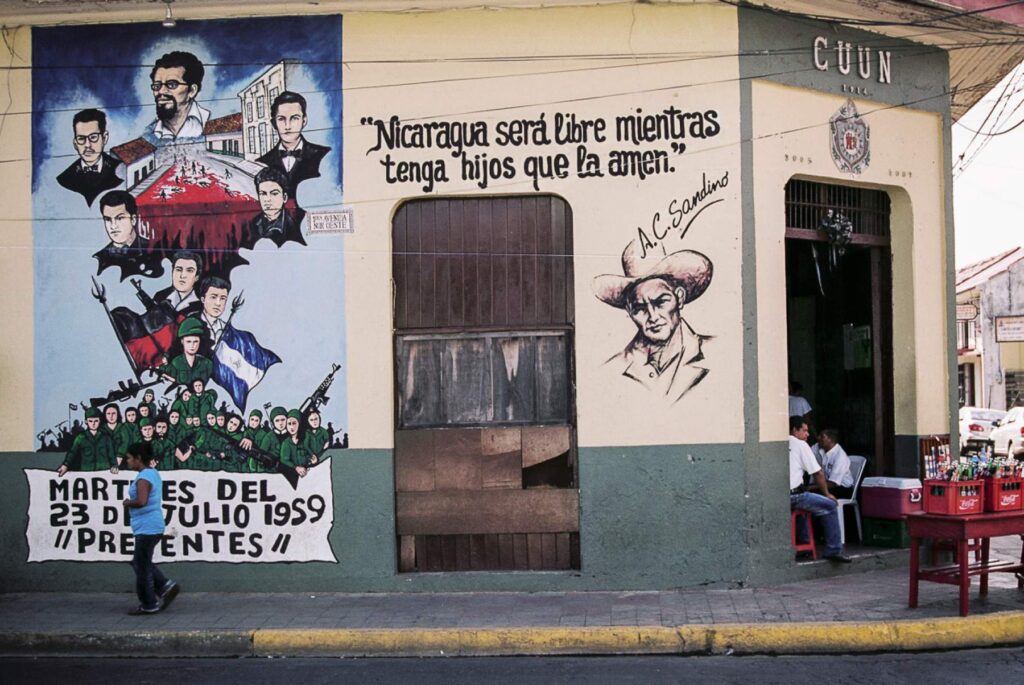
Our road continued north to León, a true Sandinista bastion. The city is an open-air gallery where the murals alone tell the story of the people’s struggle. They commemorate the highlights of the revolution and denounce American imperialism. These are powerful visual testimonies.
But the most moving experience awaited us at the Museum of the Revolution. Former Sandinista combatants offer guided tours. Through their photo archives and newspaper articles, they told us, in a building riddled with bullet holes, a poignant and deeply human story. These accounts are much more than a history lesson; they’re moments of life passed down. A similar initiative exists at the Martyrs’ Gallery, run by families who lost a loved one during the fighting, a place of tribute and remembrance that allows families to preserve their dignity.
The North: Where the Revolutionary Spirit Lives On
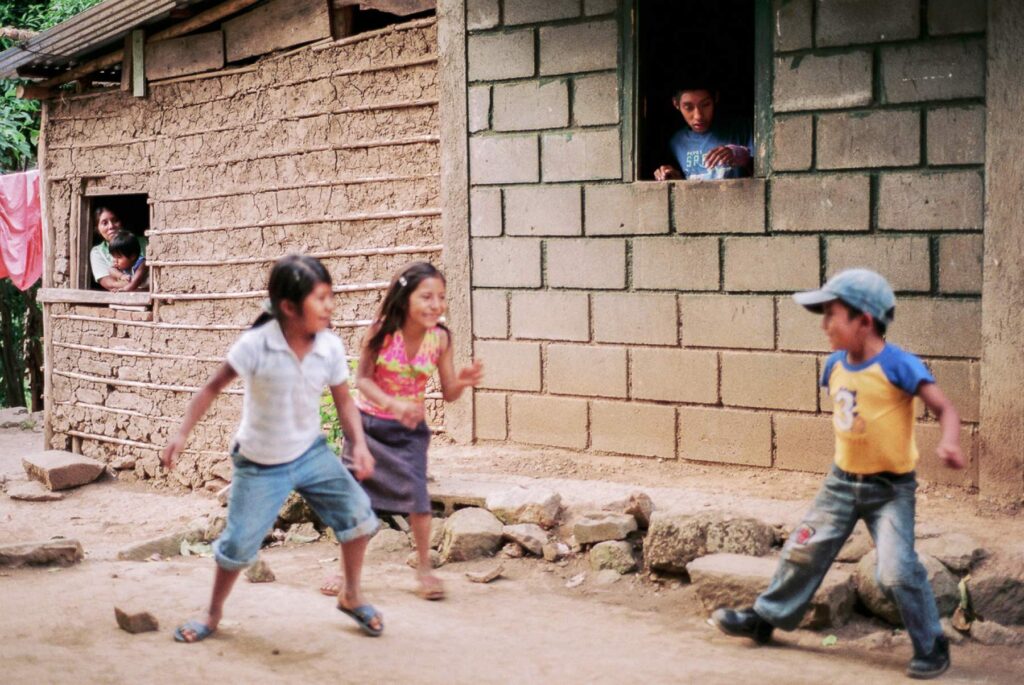
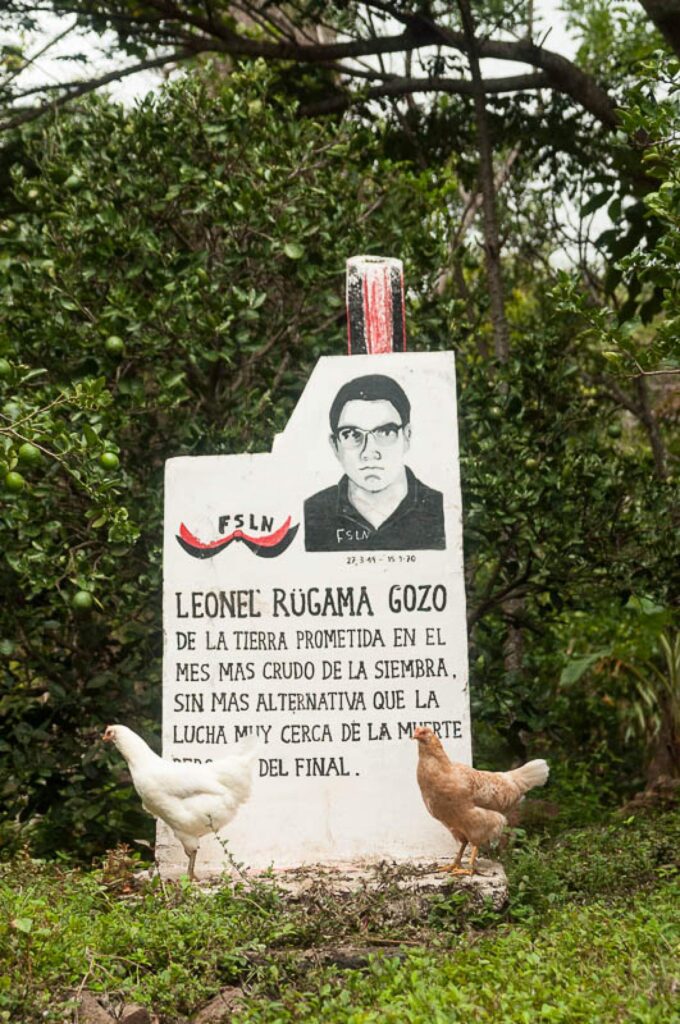
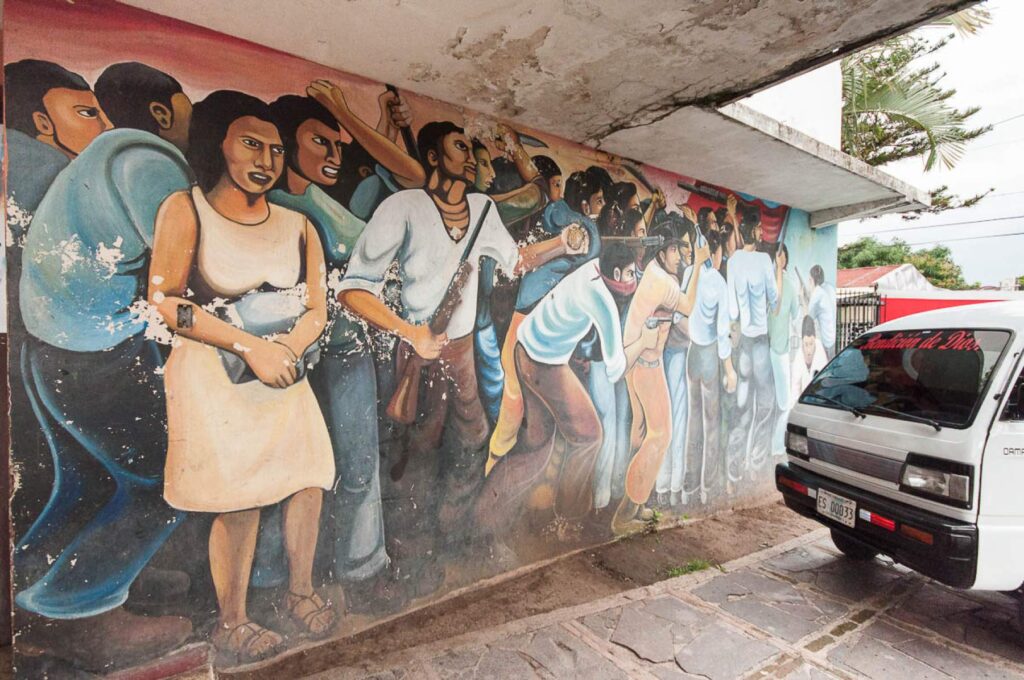
Further north, in Estelí and Somoto, we found numerous murals and the omnipresence of the black and red flags of the FSLN, signs that the Sandinista spirit is still very much alive here. This revolutionary core is expressed today through community tourism initiatives led by residents. Inspired by ideals of solidarity, communities have organized to manage their own visitor reception.
This is how we were able to live within a family, share their daily lives, and discuss how the past influences their destiny today. This form of solidarity tourism not only allows for local economic development but also an authentic exchange. You can experience it at the majestic Somoto Canyon or in the Miraflor reserve.
In the mountainous region of Matagalpa, we also stayed with a family for several days and shared their daily routine. The coffee culture holds no more secrets for us! This allowed us to better understand how the community works. The community ensures that each family takes turns hosting visitors so that no one is favored. In Matagalpa, we also discovered the museum dedicated to Carlos Fonseca, founder of the Sandinista National Liberation Front.


